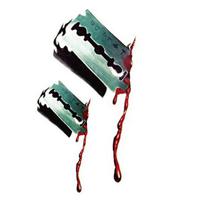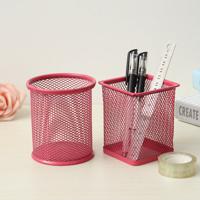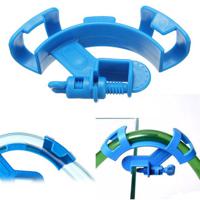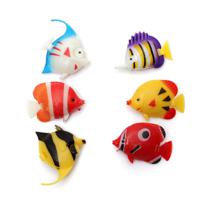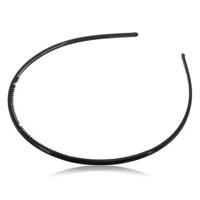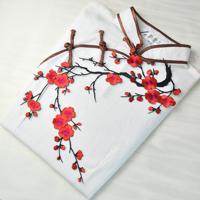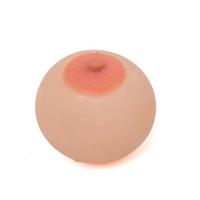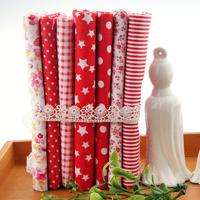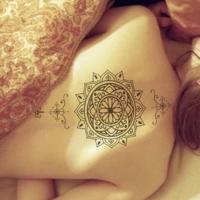In childhood times, you must have collected vinyl records which were quite popular at that time. Vinyl discs are well-known audio storage & playback formats. And it’s available on rotating discs which you put in the gramophone to listen to music. But today, it’s in huge demand among audiophiles, recording artists, and modern music enthusiasts! That’s not the end! There are more interesting facts about them that would surprise you to the core. So, let’s read them out!
Before you get into your shopping spree, let’s first unveil how vinyl discs came into existence. So, a phonograph record or phonograph disc record is an analogue sound storage medium. And it’s available in a flat disc with an inscribe & modulate spiral groove. However, the groove of the disc record starts near the periphery & ends near the centre of the disc. But do you know gramophone records used to be made from shellac material? While the early records used to have fine abrasive filler mixed with it. Besides, in the early 1940s, polyvinyl chloride became common, and that’s they got the name vinyl. So, it has been popular as vinyl disc records since the mid-2000s when the records were made of any vinyl material. Thus, purchase the best vinyl disc after getting a thorough idea about the same. Here’s a detailed guide on how to pick the best ones.
Things you need to know about vinyl music discs
Vinyl records are a common topic of discussion among music lovers. You might have also seen them at your grandparent’s place. You may be having many questions about them hovering in your mind right now if you are planning to buy one. Well, this is a music storage device that ranges from 7 inches to 10 and 12 inches in diameter. It may sound like a thing of the past, but we can see a revival of vinyl records these days. These are also popular as antiques these days. If it is signed by a famous artist or singer, then you will also get a good price for the record. Vinyl records have two sides: sides A and B. Take note of the side you want to listen to. Here are the things you need to know about them.
Working on the music record disc
If you are wondering how music record discs work, then we would like to tell you that the sound waves are recorded as 3D groves in the lacquer discs. When it’s time to rotate, the stylus moves along the sound vibrations that lie within. Whenever the needle goes through the mechanical changes, it transmits them to a cartridge with the help of a metal bar. A cartridge refers to an electromagnetic device that contains piezoelectric crystals. When the crystal and the metal bar are in contact and pressed against each other, the mechanical vibration will transform into electrical signals. These electrical signals are then fed to an amplifier that goes into the speaker so that we can listen to the sound. Hence, these players convert mechanical energy to sound.
Black vinyl disc vs others
Whenever you think of vinyl, only the large black discs come to your mind. In fact, the ones lying in your parent’s or grandparents’ house must also be the black ones only. It is because those are common. However, you can find them in a range of colours such as red, gold, blue, green, and more. They are colourless naturally, and to make them black or any other colours, the manufacturers mix them with additional ingredients. In the past, people agreed that the coloured ones sound worse than the black vinyl. However, with time, audiophiles are admitting that there is hardly any difference. However, the black vinyl is easier to quality check than the records sporting different colours.
Making of blank vinyl disc
If you are curious about the vinyl disc and their work, you might also be thinking about what is their making like. Well, it all starts with manufacturing an aluminium core master disc. Then, there is coating done with nitrocellulose lacquer. If there is no imperfection while testing, then they punch a hole in the middle, and with the help of a lathe, they cut continuous grooves on the disc. The scrap left is removed using a vacuum. Then, they wash and spray them with liquid silver and tin chloride. The discs are then electroplated to harden the layer. Manufacturers then separate the lacquer layer and metal disk. Then, there is the process of pressing. For colour, they add other ingredients.

